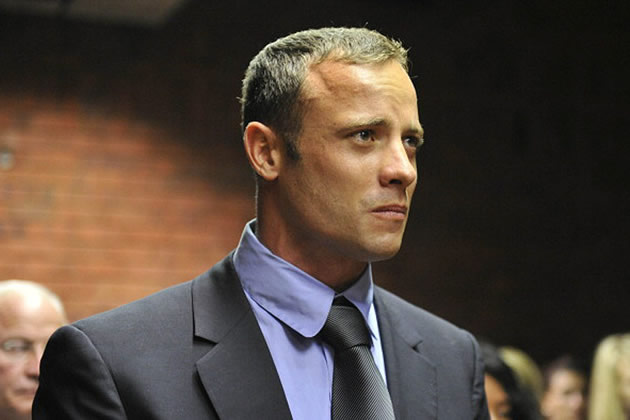Staff behaviour must match customer expectations


A security guard at Elephant Hills Hotel in Victoria Falls prepares to greet guests as they arrive at the hotel. The guards’ greetings are designed to make guests feel really welcome to the hotel
Peter Sibanda Business Correspondent
I travelled to Vic Falls earlier this year and went to one of the hotels. I will not forget the salutation I got from a security guard at the gate, trust me.
I got the impression that the guard is both competent and happy with their job, but more importantly, I was assured of a memorable stay at the hotel.
One challenge that continues to confront organisations under conditions of distress is how to thrive at the edge of business trajectories. There should be something that separates us from the rest.
How do we build solid corporate and product brands that continue to separate us from others? More importantly, how do we conquer our own hills? That guard conquers his; he knows how service encounters bind customers and he delivers just that. I would say he is customer-centric.
Being a customer-centric organisation is a very crucial component of business survival and prosperity. It is linked with both competitive advantage, business supremacy and strong corporate brands.
In fact, when organisations are customer-centric, they are competitively positioned, differentiating themselves in the eyes of the customers, and adding value through a mix of activities that are different from those used by competitors because they have a customer-alliance advantage.
An organisation that is customer-centric gets, as its source of innovation and entrepreneurship, the feedback and participation of its customers as key stakeholders, which inevitably puts it at a vantage point against its rivals.
This is achieved when the organisation is able to create memorable moments with the customer. When it is said human resources are a source of sustainable competitive advantage, it is because these are the individuals that cease the day with the customer, creating those memorable moments that stimulate repeated customer behaviours.
When organisations focus human resource interventions on what matters to the customers and, when employees exhibit, as a result of these interventions, behaviours that dovetail customer expectations, then viability of the business is assured and eventually it becomes competitive. On the other hand when one pillar is corrupt; for example, the organisation is aware of customer expectations but HR interventions are not aligned to these, the absence of these organisational balances then limit the opportunities for delivering value to the customer.
I often see this when it comes to customer care and customer relationship management trainings administered in some organisations, where similar training programs are run for years, and by the same people, so that their utility is long retired.
In many instances, these programmes are not informed by any diagnosis or research and resultantly, they are not related at all to any training need, hence training is reported not as deferred income, but a cost on the balance sheet of many organisations. The ability of an organisation to, through its people, connect its products and services to customer expectations saves the day. When employees display consistently, behaviours that intersect with customer expectations, their buying behaviours are equally stimulated.
More importantly, they become raving fans of the organisation and part of your marketers.
This works so well especially when employee performance is assessed and rewarded against this customer satisfaction perspective, when tasks are strategically aligned to the value adding results that meets or exceeds customer expectations and finally; which is key, when all performance improvement plans and trainings at all levels of the organisation are directed at achieving the goal of being customer centric.
I am awed by companies that put effort in spending time with their customers, understanding why these customers come, what they expect to be done better, and putting in place mechanisms to transform employee behaviours toward meeting, or even exceeding these customer expectations.
Conditions of economic distress as we currently are in, whilst they bring no joy, are a fertile ground for building strategic alliances with customers and installing HR strategies that deliver according to customer expectations.
They demonstrate proactivity where organisations develop deliberate strategies that fit in the extant business contexts and enhance the capacity to bind customers over a longer period of time. HR practitioners also need to understand their internal customers (employees) as this enables them to introduce to their markets (all departmental functions in the organisation), products that can stimulate employee performance and productivity, which is relevant for satisfying the external customer.
These products also help in binding key employees in the organisation.
Practitioners should always ask themselves; Do I think in a customer-centric way? Do I know my clients? My Client’s Value Proposition (CVP)? How do we become client-oriented by the culture we create? How do you build customer service? Focus attention on making competition irrelevant by binding your customer.
Seize the day with the customer, conquer your own hill.
Peter can be contacted on 0772906050 or email [email protected]










Comments